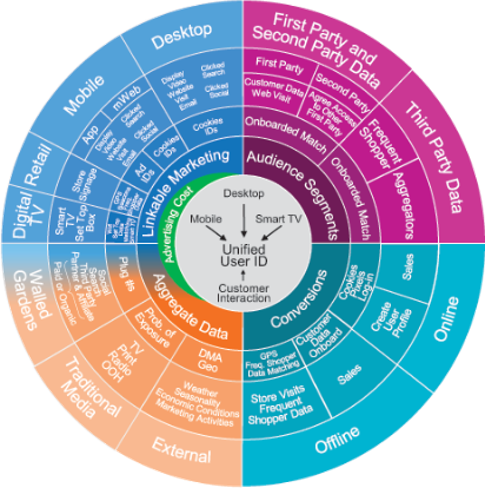
When it comes to your marketing and promotion efforts, how can you tell if they are really paying off? The answer is to look at your ROI, or Return on Investment. At its core, you want to make more than what you spend. But as for what counts as a “good ROI” in marketing depends on a lot of factors such as your distribution channels and overall strategy.
For example, paid ads can calculate your ROI automatically, while content marketing may be harder to tell since unless the content is linked to a particular product or page, it can be hard to tell if they’re actually paying for themselves.
With that being said, there are two main types of ROI you’ll want to look at: the actual revenue as well as the strategies that are getting people in the door and bringing foot traffic to your store.
Which Marketing Channels are Producing Revenue?
There are plenty of basic ROI calculators out there but in order to determine which of your marketing channels is producing revenue, you’ll need to look at the key performance indicators for each of your marketing channels. As an example, if you want to see how well your search engine optimization efforts are paying off, you’ll need to look at the amount of organic traffic you’re getting.
For other content marketing initiatives, you’ll need to look at each channel’s respective indicators and determine how much money they’re bringing in versus how much you’re spending to acquire them.
There are a lot of different key performance indicators depending on what you’re trying to measure. This chart, from SmartInsights.com, shows some common KPIs for different marketing initiatives:

Once you create these KPIs, you have to determine how you want to structure your budget so that you’re hitting those milestones and making more than you spend. They can be broken down into how you plan to reach those users, how you want them to act, what you want them to do in order to convert, and how you plan to engage them after they convert:

Which Marketing Efforts are Getting Clients in the Door?
Just like with using KPIs to measure the performance and revenue of your online channels, foot traffic attribution can be used to tie your outbound marketing efforts to getting people in the door at your retail stores.
There are relatively easy things that can be measured, such as the use of surveys and coupon codes, as well as location data and pixel tracking, and more difficult attribution methods like a full-scale integration with your existing point-of-sale platform.
Understanding which initiatives ultimately get people in the door is more difficult, because foot traffic doesn’t just come from one place -- like a simple click. The user could’ve heard about your store from a television commercial, a paid ad, a social media post or several different points altogether. Consider just how many different touch points users have according to this map from the Mobile Marketing Association:

As you can see, there are dozens of different ways that a user can interact with your store and some of those methods and channels bleed into each other. Even if you’re not using every single method shown here, it can still be difficult to tie a user’s action of coming to your store as something that was started thanks to a social media ad.
Using things like surveys and coupon codes can help solidify this number a bit more, but as with many marketing initiatives, it depends on how much you want to spend and how deep you want to go in order to tie metrics measurement to foot traffic.
You Don’t Have to Reinvent the Wheel
The good news is that there are several methods that you can put to work for your online jewelry store right now. For example, through our innovative JewelCloud service, you can grow your ROI through one of our many online jewelry building systems, allowing your users greater customization and engagement with your brand.
Even if users aren’t currently in your store, but are in a competitor’s store, you can still take advantage of innovative and competitive options like Geofencing and localization to provide them with an attractive deal that gets them in the door. With jewelry store marketing, the goal is to be seen, and at GemFind Digital Solutions, we can help make your store front-of-mind no matter what type of jewelry you’re selling.
Ready to learn more? Contact us today and let’s discuss the best strategy to make your marketing efforts count.